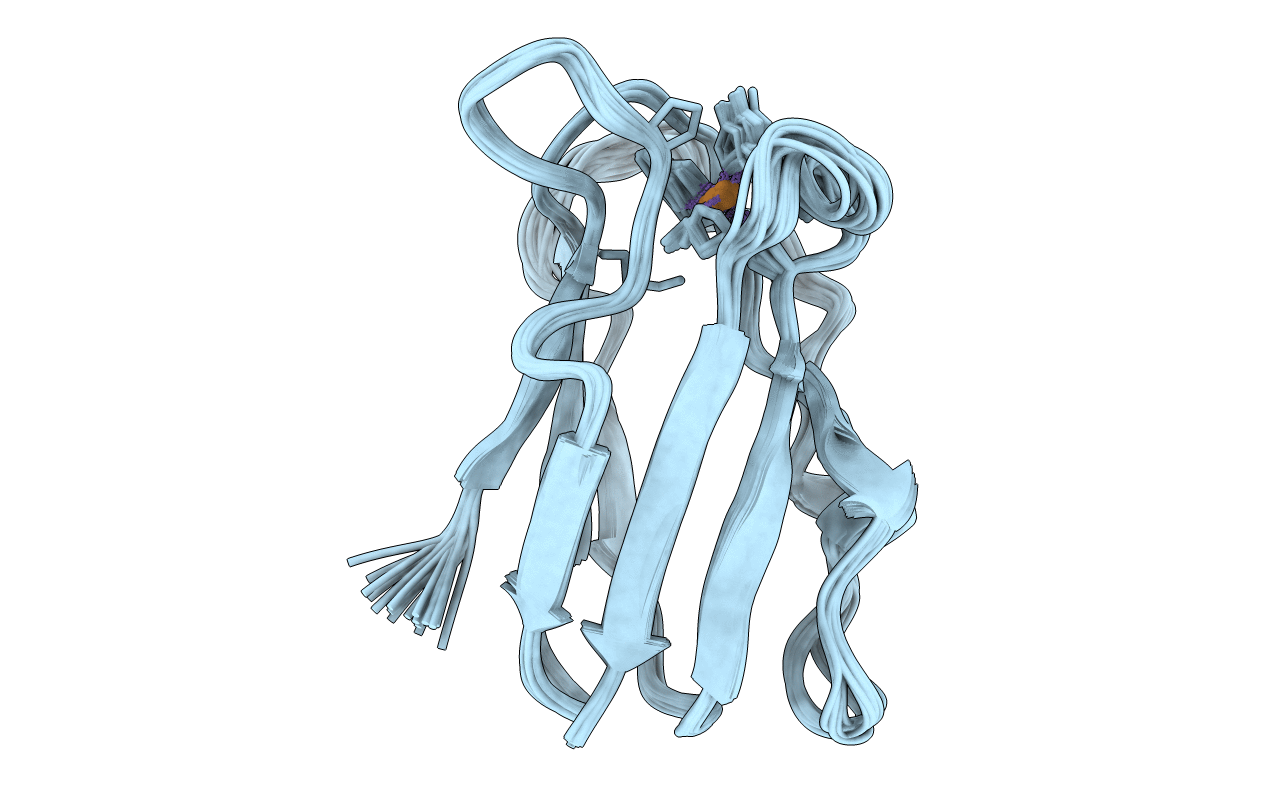
Deposition Date
1998-12-11
Release Date
1999-04-27
Last Version Date
2023-12-27
Entry Detail
PDB ID:
2B3I
Keywords:
Title:
NMR SOLUTION STRUCTURE OF PLASTOCYANIN FROM THE PHOTOSYNTHETIC PROKARYOTE, PROCHLOROTHRIX HOLLANDICA (19 STRUCTURES)
Biological Source:
Source Organism:
Prochlorothrix hollandica (Taxon ID: 1223)
Host Organism:
Method Details:
Experimental Method:
Conformers Calculated:
40
Conformers Submitted:
19
Selection Criteria:
LOWEST TARGET FUNCTION


